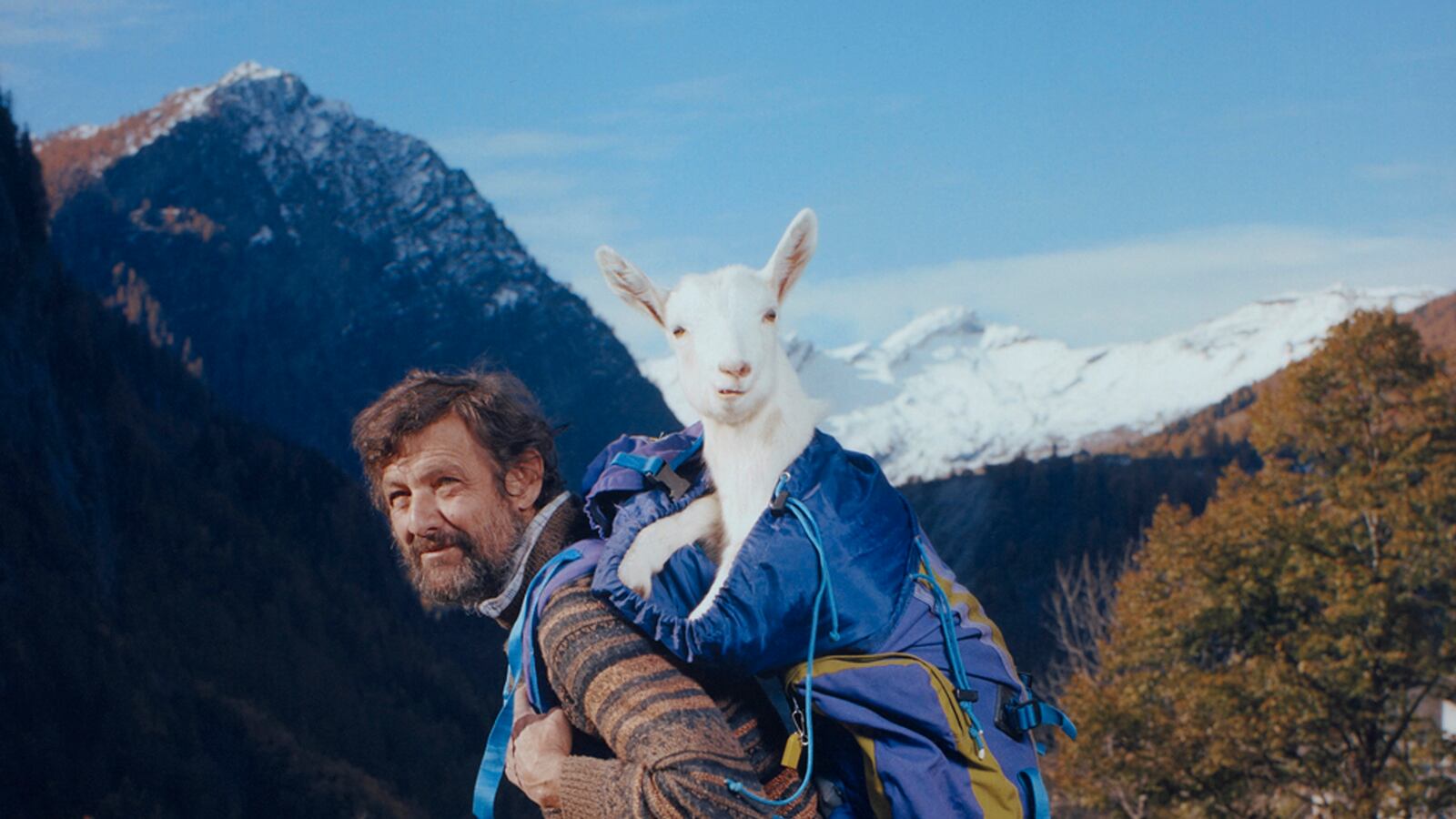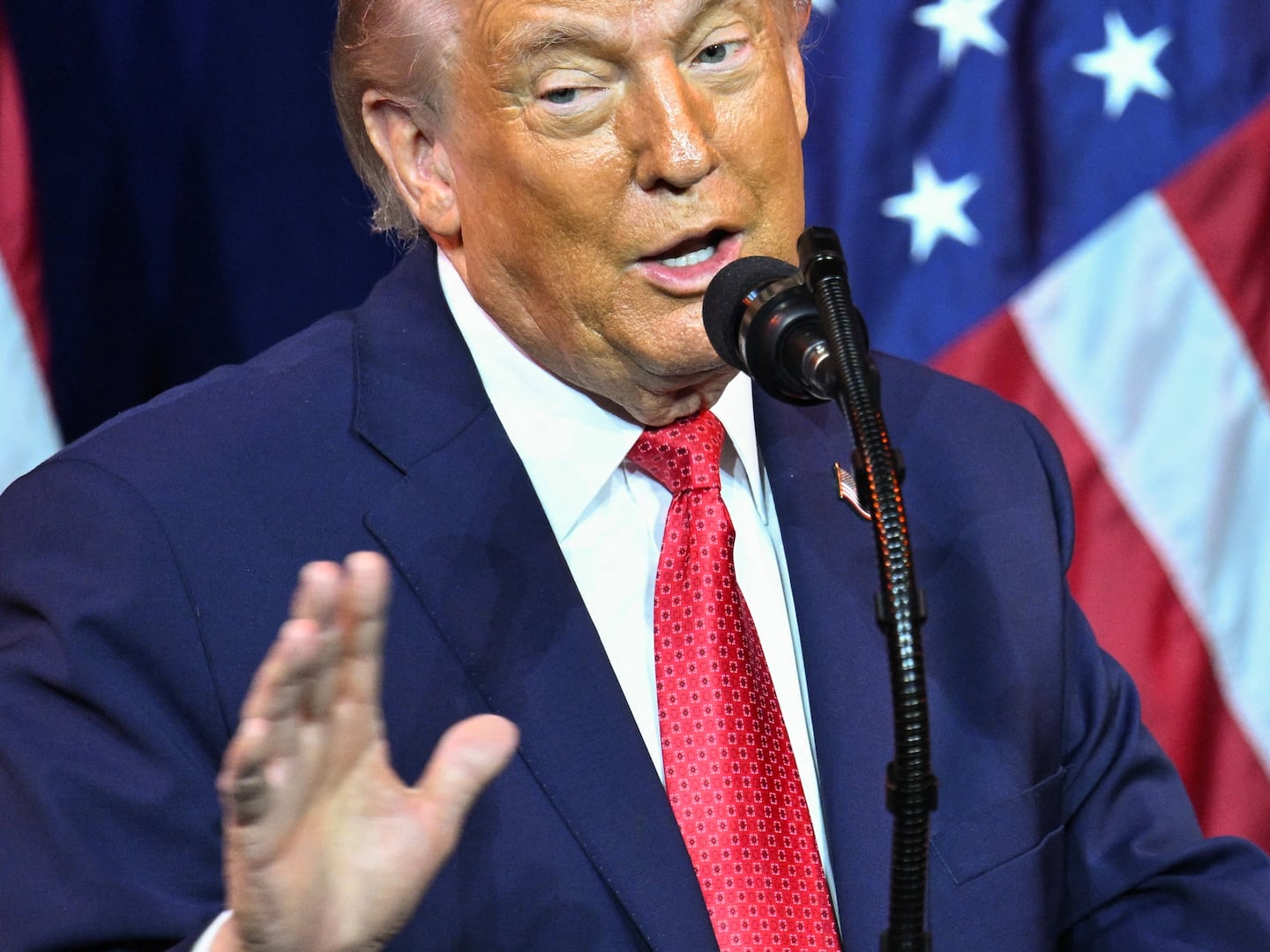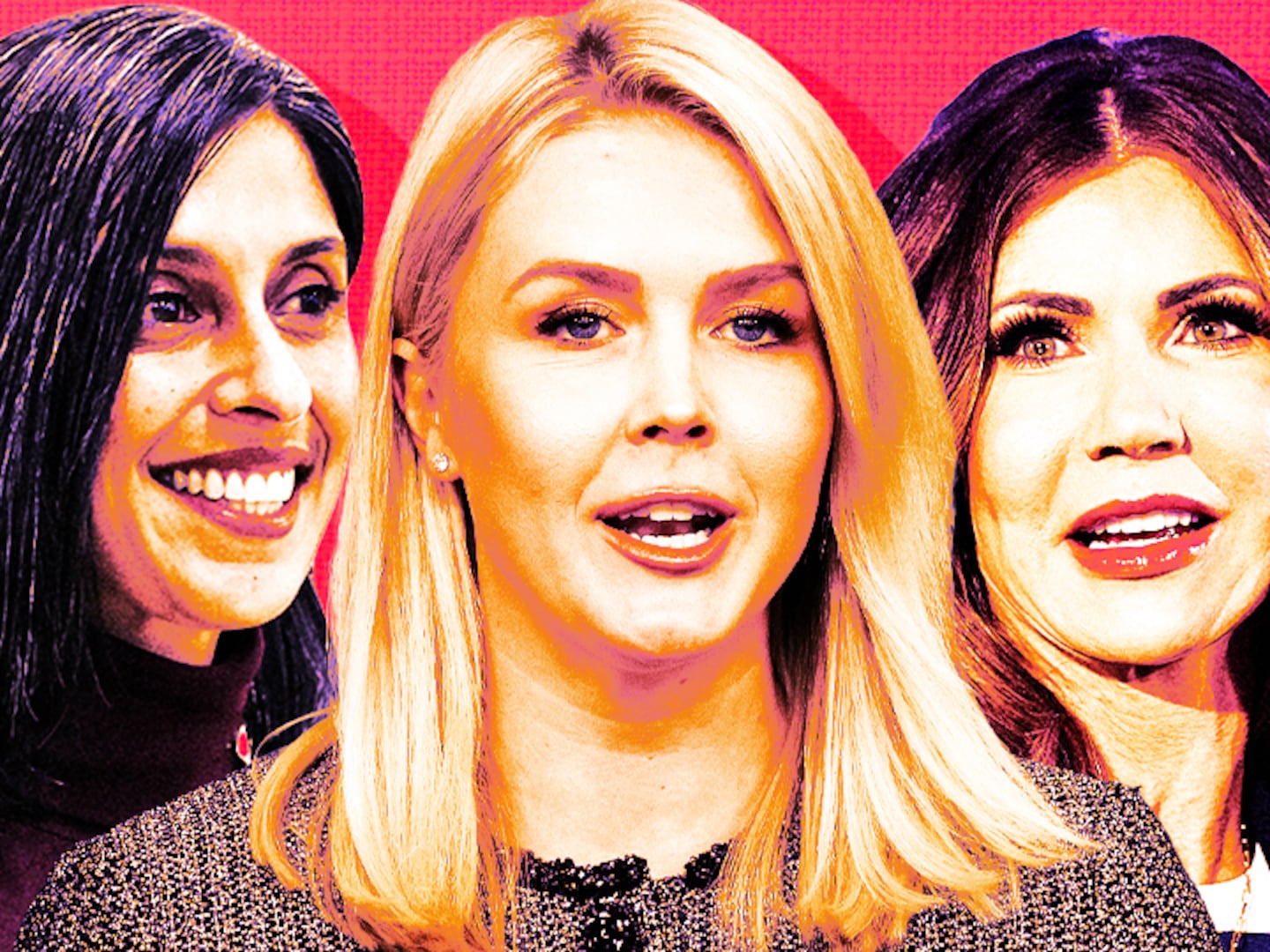
In the age of selfies, Instagram, and Snapchat, it’s almost impossible to peruse the sixty new portraits selected for this year’s Taylor Wessing Photographic Portrait Prize in London’s National Portrait Gallery without considering the difference between an image framed on a wall and one that has a brief life on your smartphone. The question is: does the installation of an image in the hallowed halls of a venerable institution hamper a feeling of familiarity? Is an image on a cell phone—up-close and personal—always a friendlier face?
The first image that you see when you enter the National Portrait Gallery’s exhibition space swiftly stomps out any such assumption: Rosie Hallam’s Lily Cole greets gallery-goers with a warm and welcoming smile. Model-cum-actress-cum-art-historian (with a degree from the University of Cambridge no less), Cole effortlessly straddles the realms of social media and the arts. Here, she’s caught on camera in an informal portrait, fresh-faced, free of make-up, with loose hair, and wearing a floral dress and cosy knit cardigan.
The sixty portraits on show have been whittled down from the 5,410 submissions entered by 2,435 contemporary photographers around the world. Works by young students hang alongside those of established professionals; portraits printed in brilliant color are juxtaposed with ones in black and white; formal commissions of famous faces accompany spontaneous snapshots of family and friends. The question on everyone’s lips: “Which is your favorite?” The answer, more often than not: “It’s too hard to choose!”
The curation of such a merry (and complex) company was surely no easy feat. Yet somehow, despite the divergent approaches and subjects, the captured characters converse with ease.
The display is a world away from the higgledy-piggledy show of piled-high pictures at the Royal Academy’s Summer Exhibition, which similarly showcases a wide variety of artists’ works. Simple dark frames and off-white borders house the photographs and help to create the impression of a uniform collection; each and every work is easy to see, hung at eye-level, just above or just below. The nature of the photographs dictates their installation: Ilona Szwarc’s portrait of young redhead Lexi Lindenhurst in New York, with her own redhead “Lexi” American girl doll, hangs low on the wall, at a child-friendly height; Dan Burn-Forti’s grey portrayal of Mitch Winehouse (Amy’s father), formally commissioned by the Financial Times Weekend Magazine, solemnly surveys the scene from above.

Miss Coles isn’t the only sitter whom we’d expect to see striking a pose: Jill Wooster captures another professional model, Arielle, with big blue eyes, rouge cheeks, and perfect pout. At the other end of the spectrum are sitters whose modelling careers have, up until now perhaps, yet to make it off the ground. Adrian Peacock approached historian and professor of Classics at Cambridge University Mary Beard after reading comments in the media about her appearance—namely that she “should be kept away from cameras.” Beard gave Peacock thirty minutes; the result is an image of her sitting at a table, surrounded by her books. Sure, she’s slightly slumped, wearing a frumpy man-shirt, and a questionable pair of sneakers—but don’t her crossed legs, glittery leggings aside, look elegant and long?
Beside the bright sparks in the exhibition (who could resist fuelling the age-old debate of beauty versus brains), are a cast of familiar faces: actress Vanessa Redgrave, writer Zadie Smith, artist Gerard Richter, and footballer Sol Campbell, among others. This year’s prize winner, Katie Walsh by Spencer Murphy, was taken of the weary and mud-spattered jump jockey just after she’d finished a race.
The difficulty with a selfie or a snapchat is capturing a portrait that extends beyond you and your arm. Almost all of the portraits on show at the National Portrait Gallery tell a story; whether close-ups of individuals or wide-angle images of groups, the faces mirror the sitters’ social circumstances. Jari Salo’s Jari and Terhi, from the series Heroin Fathers, portrays a couple coping with a drug addiction while expecting their fist child: Terhi pregnant, glances across at her husband; Jari, resigned to the difficulties ahead, looks blankly on. Antoine de Ras’s Oscar Pistorius—in the Dock portrays the paralympic athlete and double amputee, hunched shoulders, eyes downcast, at his bail application hearing at Pretoria Magistrates Court.
More humorous images lighten the mood. Andy Massaccesi’s Fabio presents a portrait of a man from a small Swiss village called Broglio, wearing a backpack out of which pops the head of a fluffy white goat. Fabio used to smuggle goats across the border to sell in Italy—let’s hope he’s more subtle when he’s on the job. And Massaccesi’s not the only photographer to create a sense of comedy by inserting an animal into the frame: Laura Stevens’s portrait of Phoebe and Yvan with Kim, one of Phoebe’s rats, looks at the relationship between people and their pets; Deana Kolenčiková’s Man with Owl and Lucy ... well, Lucy’s a West Highland Terrier.
Animals aside, the exhibition doesn’t feature a dominant theme. But there are a number of family portraits on show. Identical twins appear to be the flavor of the month: Dorothee Deiss’ elderly sisters Esther and Ruth, snuggled up on a bed in their bathrobes, came in fourth in the Taylor Wessing Photographic Portrait Prize; Hana Knizova’s slightly more supple Elza and Nellie, perched on a couch, wearing bright red mini dresses and black killer heels, won The John Kobal New Work Award for the most promising work of a photographer under the age of thirty.
What’s refreshing about a number of the portraits in the National Portrait Gallery is the air of spontaneity that wafts around them. Even Carl Court’s portrait of the Queen, taken during her visit to the Royal Academy of Arts as part of the 2012 Diamond Jubilee celebrations, was snapped when Her Royal Highness happened to glance his way.

I had my own chance encounter in the gallery, which resulted in yet another semi-spontaneous portrait. Sipke Visser’s Three Generations, from the series Family Extension, captures the aftermath of his daughter’s birth: his baby daughter, his girlfriend, and her mother lay side by side, fast asleep in crib, hospital bed, and chair, only hours after the birth. As I passed by, Visser happened to be standing in front of the portrait with his girlfriend, Mónica, and his daughter, Lucía (now seven months old). I whipped out my iPhone, of course, and snapped a meta-family portrait. Maybe I’ll submit it for next year’s show!
Taylor Wessing Photographic Portrait Prize is on display at the National Portrait Gallery until February 9, 2014.






